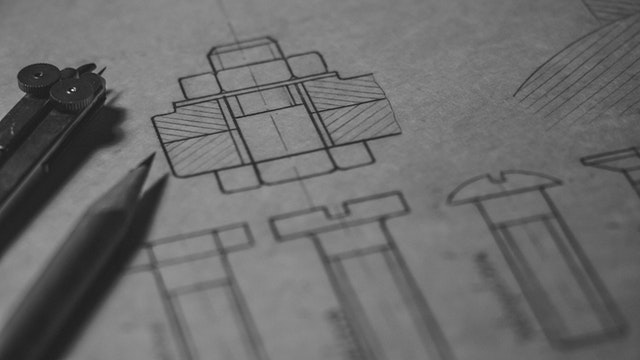
Comparative analysis between Computer Aided Design and Manual Drafting
Before the age of computer aided design, the only means to create product designs was by manual drafting. This required several tools and equipment to perform. However, with the rise of CAD, drafting designs have become more convenient. It’s still essential to find out how one method compares to the other.
Drafting is much easier with computer aided design
With computer aided design, a designer can easily scale drafts and drawings of designs. He or she can also make use of existing templates and standardized formats to make the actual designing easier. In manual drafting, a designer would have to do things one at a time. The scaling process can be tedious as well.
With CAD, layers of the design can be done separately or simultaneously. It all depends on what the design calls for. Designs are also more accessible.
CAD design takes longer but easier to revise
According to a study comparing CAD and manual drafting, it was found that CAD took longer to complete than manual drafting. However, it was easier to revise and edit designs using CAD softwares. Furthermore, CAD allowed for a shorter time of revisions.
The study also suggested improving CAD software and equipment for future use. Thus, we can expect that through continuous improvement of CAD and as more people learn and master it, the use of CAD design will take up less time than manual drafting during the initial stages.
computer aided design is more lenient for errors than manual drafting
As mentioned previously, designs are easily revised with CAD use. When it comes to product design, there should always be room for errors. The first draft is never the final draft. Thus, designers should turn to a method that’s more lenient when it comes to revisions and errors.
Manual re-drawing can be tedious and monotonous if done repeatedly. Furthermore, it’s less efficient and more time-consuming. CAD eliminates the need to re-do things from scratch. Designers can easily load up a certain stage of the draft or easily move things around without getting rid of their previously drafted design.
Accuracy is higher with CAD
Manual drafting involves the manual drawing of details of designs. It’s a completely acceptable and effective method. However, it takes a significantly longer time to draft designs this way. Drafting intricate details via hand drawing can be tedious.
With CAD, you get the details as accurately as possible. They are drawings created by a computer and are more accurate compared to hand drawing in manual drafting. Furthermore, it is less prone to mistakes. As previously mentioned, if ever there are mistakes, revisions are easily carried out with CAD.
CAD also combines both speed and accuracy for an overall more efficient design drafting.
We can’t deny that both manual drafting and computer aided design are acceptable methods to produce designs. Both of them have their pros and cons. However, more research is pointing to the future use of CAD to make designs more efficient and easier.

